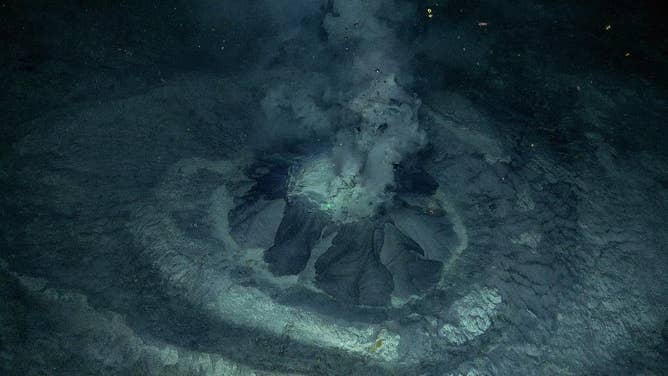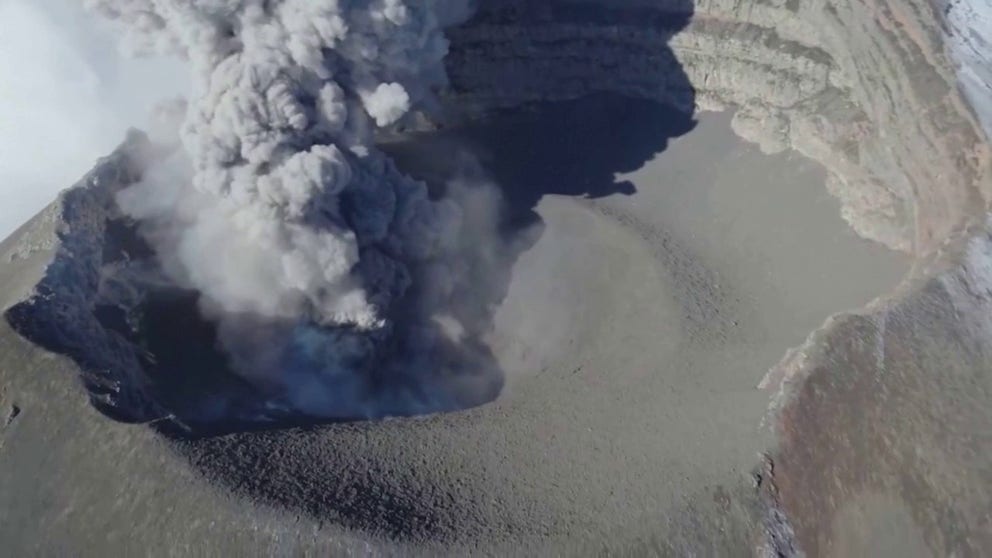'Unique' underwater volcano discovered in the Arctic Circle
Named the Borealis Mud Volcano, the volcano was discovered on May 7 and is only the second mud volcano found in Norwegian waters.
Drone video of Mexico's most active volcano
Drone video shows Mexico’s Popocatepetl volcano spewing ash and gasses into nearby communities.
Researchers recently discovered a mud volcano near the Norwegian island of Bjørnøya, or Bear Island, in the Arctic waters of the Barents Sea, and said the discovery may provide clues about the Earth’s interior and early environments.
Named Borealis Mud Volcano, the volcano lies about 70 nautical miles (81 miles) south of Bear Island and is more than 1,300 feet underwater. Located inside a nearly 1,000-foot-wide crater, the volcano itself is about 23 feet wide and 8 feet tall.
Scientists said the volcano continuously releases a liquid that is rich in methane gas. They believe the volcano came from a natural blowout that suddenly released methane 18,000 years ago after the last ice age.

The mud volcano discovered by researchers from UiT Norway's Arctic University.
(UIT / FOX Weather)
Borealis Mud Volcano is only the second mud volcano found in Norwegian waters. The first one was the Håkon Mosby volcano, which was discovered in 1995.
Such volcanoes are considered "unique" and "unusual," according to researchers. Unlike conventional volcanoes that release lava, mud volcanoes mainly erupt with water and fine sediments from hundreds or thousands of feet below the water’s surface.
As the Borealis Mud Volcano emits methane gas, scientists hope its discovery will help further their understanding of the impact of those emissions on ecosystems.

Map showing location of Norway's Bjørnøya, or Bear Island.
(FOX Weather / FOX Weather)
Researchers noted the critical nature of the discovery, as studying mud volcanoes provides clues on what early environments on Earth may have been like.
The current environment around the Borealis Mud Volcano is teeming with life. Researchers found sea anemones, sponges, starfish, corals, sea spiders and crustaceans, along with bacterial mats and brush land.
They added that environments, such as the crater housing the mud volcano, provide a refuge for wildlife.
